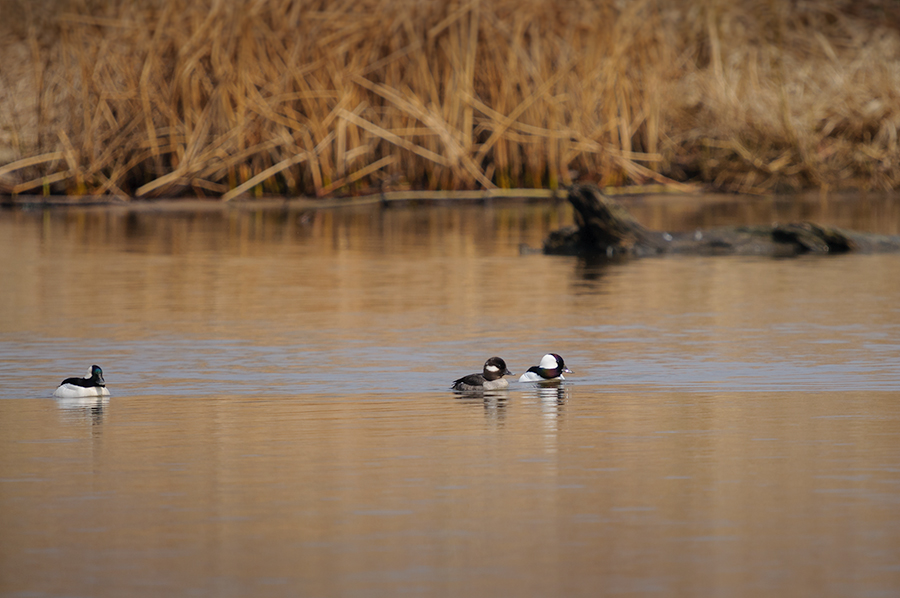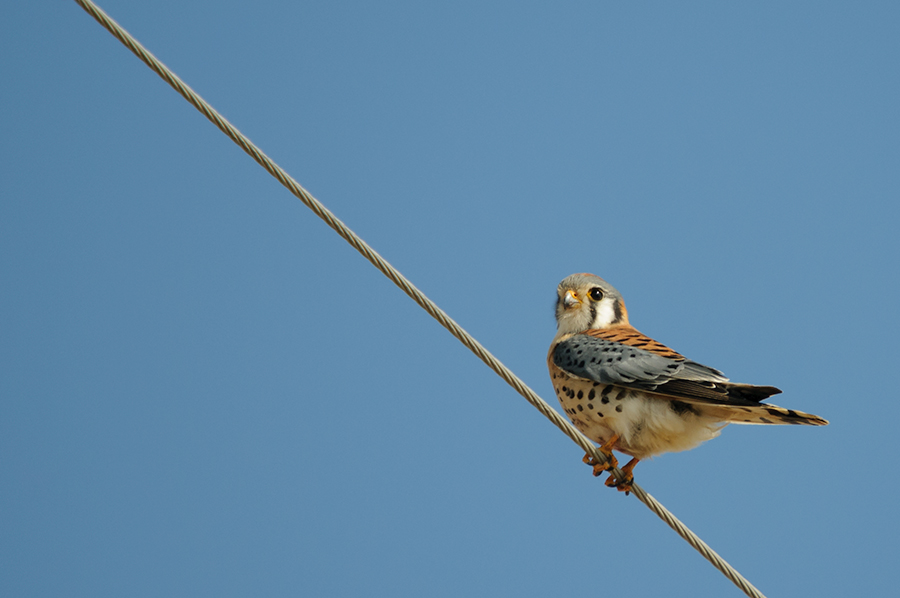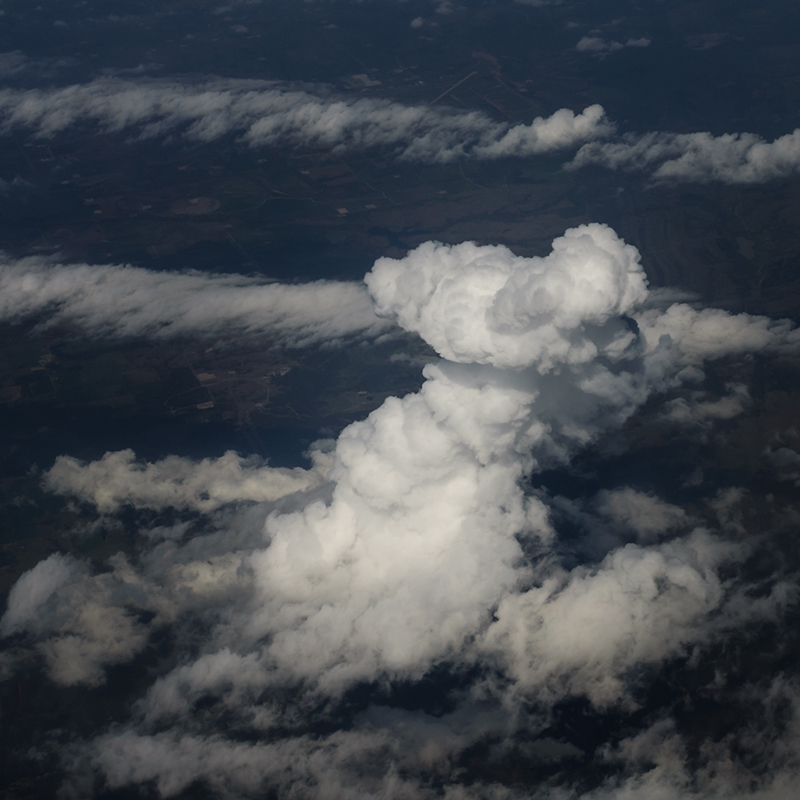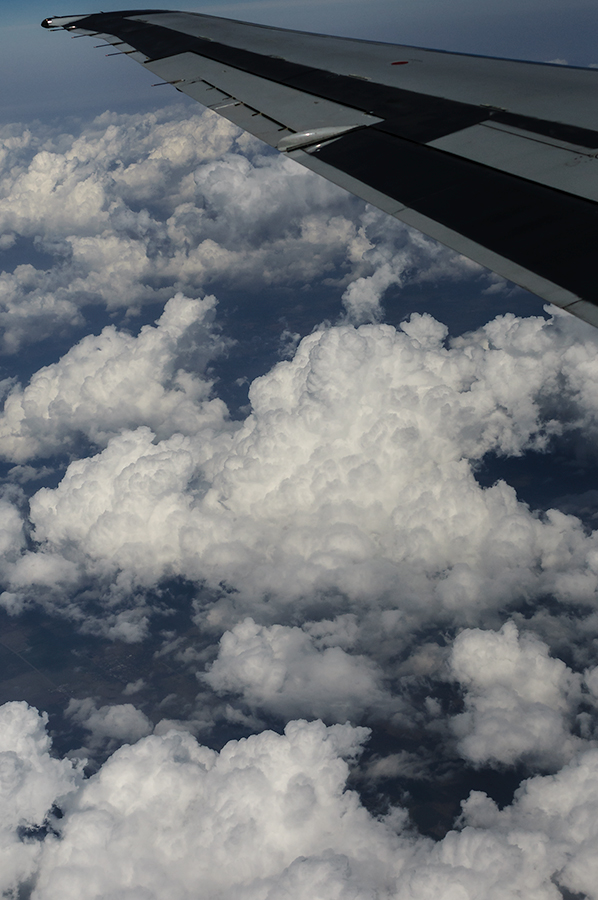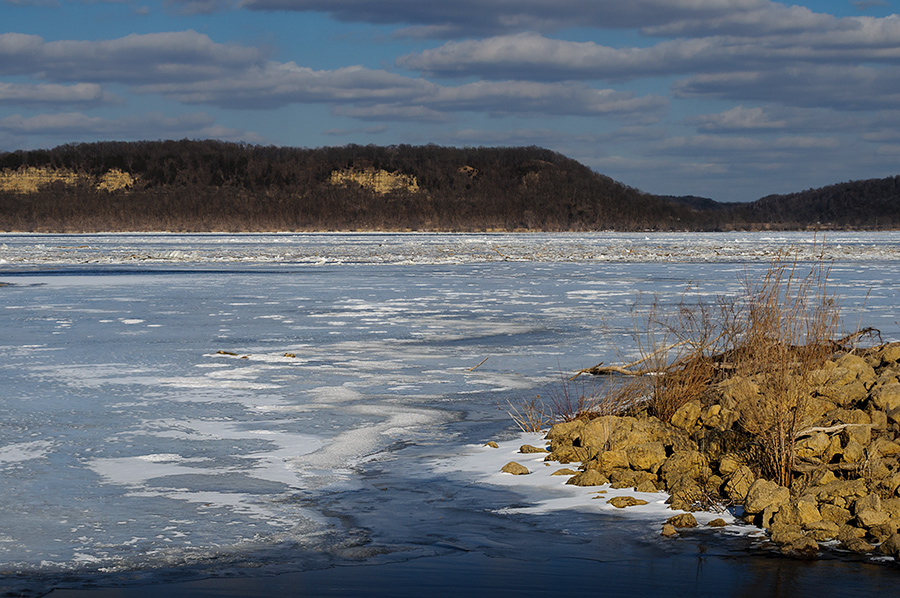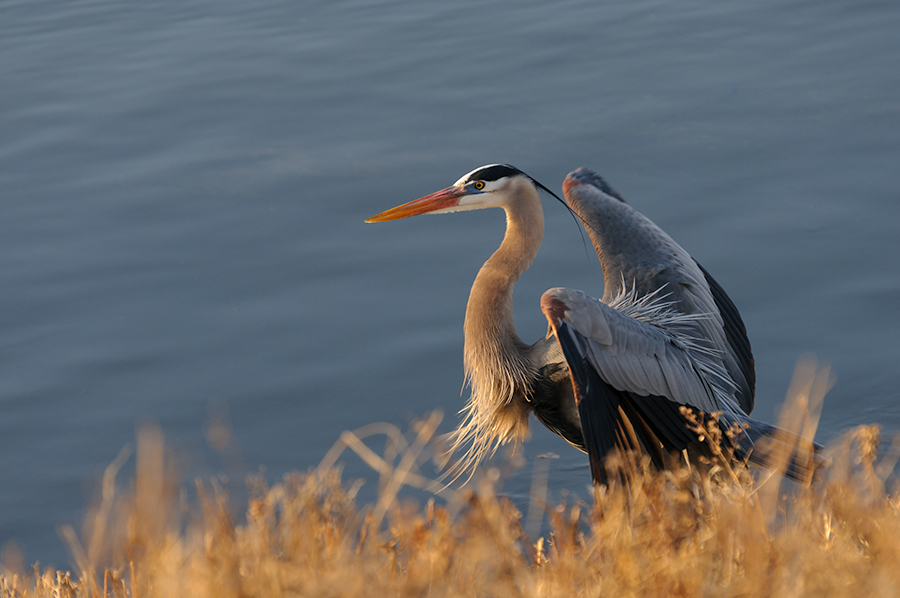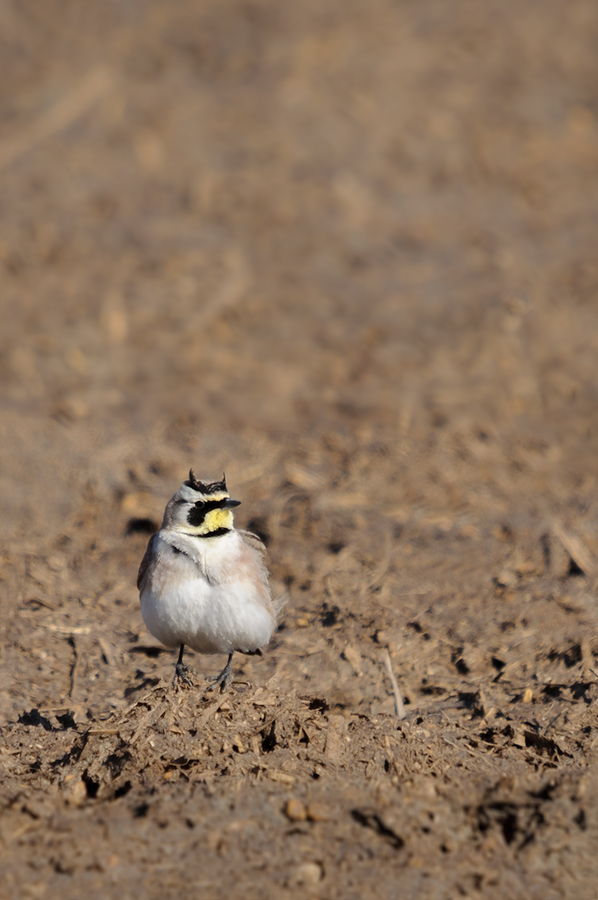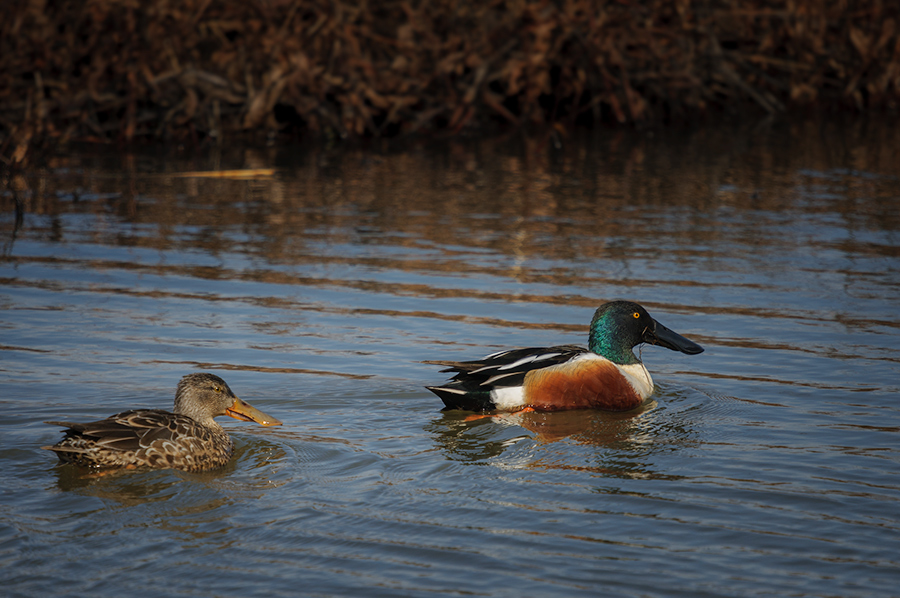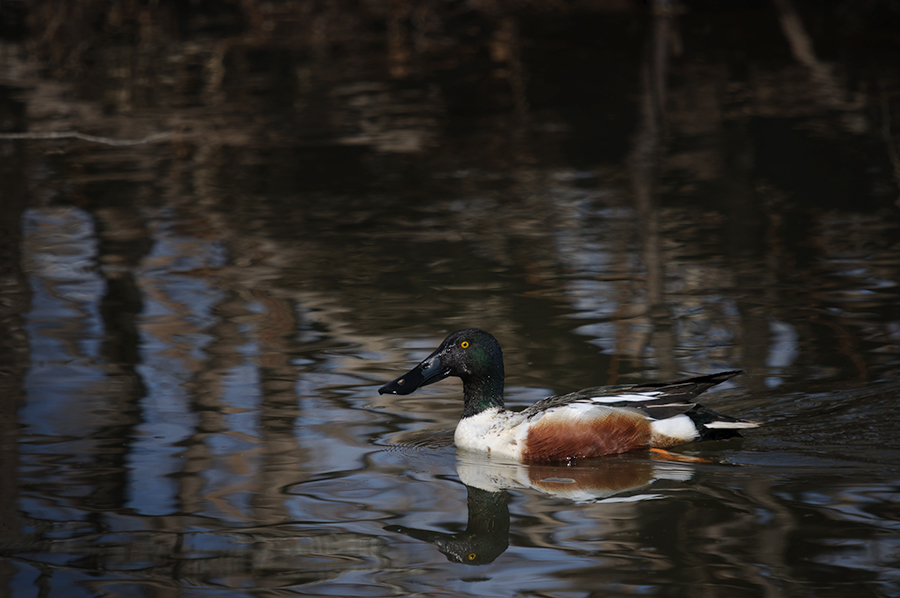
I was about to enter my car down at the Mississippi River yesterday morning when I saw a Bald Eagle flying up from the water with something flapping in its talons. My first thought was it had caught a fish. The bird landed in a tree nearby and I realized that the eagle had preyed a small bird, which I later identified as an American Coot. They are here in abundance and obviously part of the eagles diet. What followed was a bloody mess for the bird and the eagle didn’t look too pretty either around its bill. I have seen many Bald Eagles catching and eating fish but never feeding on waterfowl until yesterday.

My tripod was already stored in the car and so I tried to handle the long and heavy lens by hand. Branches obstructed the view and the sun was straight behind the eagle, means I had to move slowly to a different spot. The eagle gave me less than three minutes to figure out a way to overcome a tricky light situation and find the gap between the gazillions of bare branches. It wasn’t until a fisherman’s boat drove by behind me that the eagle took off with the remains of the coot in its talons. What an exciting moment to start a day with…




